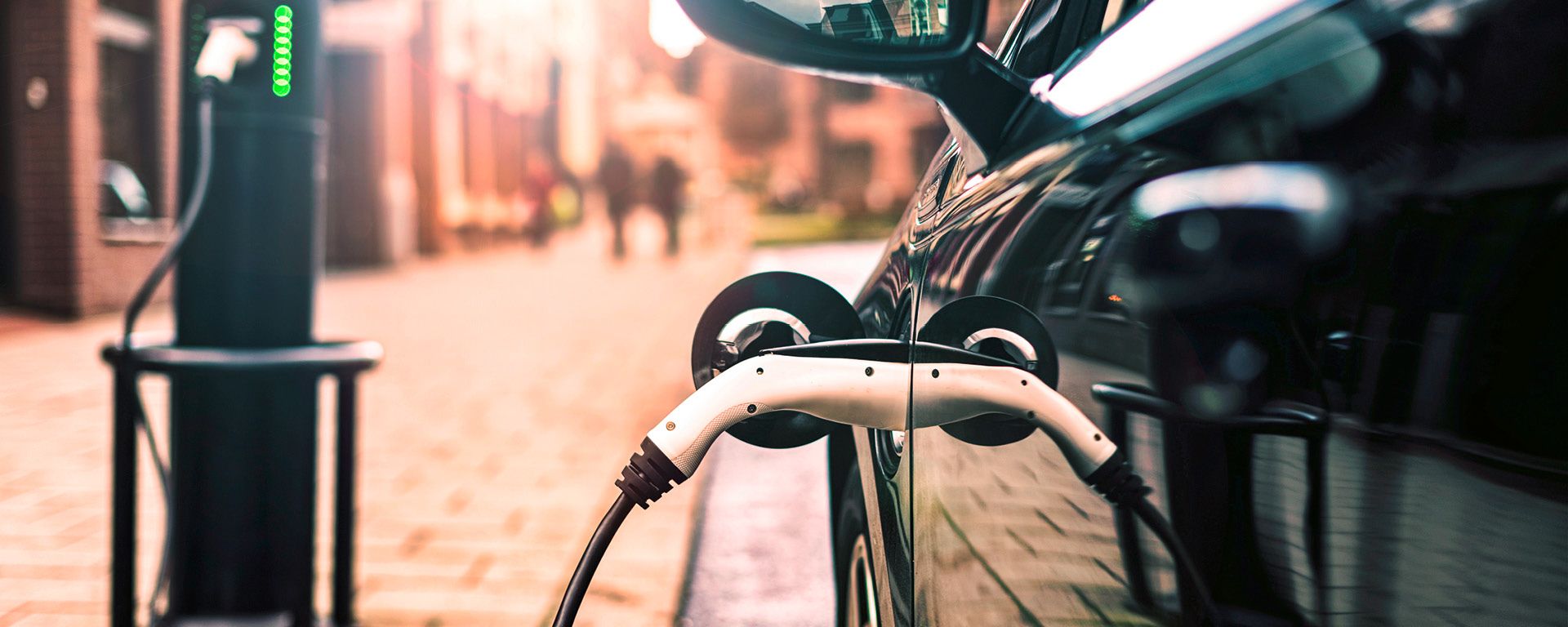Legal Perspective on the Installation of Charging Outlets for Electric Vehicles in Condominiums
New Regulations, Risks, and the Sovereignty of the Owners’ Assembly

Authors
The growing adoption of electric vehicles in Brazil has brought a new concern to the forefront for building managers, condominium owners, and property management companies: the safe, legal, and standardized installation of charging points in the garages of residential and commercial buildings. While the electrification of mobility is an irreversible trend, its implementation in shared spaces such as condominiums presents technical, legal, and safety challenges that must not be overlooked.
Technical Complexity and the Need for Planning
Installing chargers for electric vehicles is far more complex than simply plugging in a device. The process involves at least four essential stages: (i) analysis of the available electrical capacity, (ii) preparation of a project by a licensed professional, (iii) physical and electrical adaptations—particularly with regard to the possibility of individualized consumption metering—and finally, (iv) the actual installation.
This highlights the importance of conducting technical feasibility studies not only for one unit owner, but for all those who may wish to enjoy the same benefit in the future. Alternatively, it calls for planning that allows for the orderly provision of charging points to all residents/users of the condominium.
It is important to note that not every technically viable solution is necessarily legally acceptable. A solution that works at a given moment in time may become inadequate for the proper functioning and long-term planning of the condominium.
Therefore, the feasibility of installing EV chargers in condominiums must undergo both a technical validation and, necessarily, be subject to approval by the condominium’s organizational structure—that is, the owners’ assembly.
The Sovereign Role of the Owners’ Assembly
As with any matter that deviates from the condominium’s original rules—such as upgrades and alterations introduced to meet new needs over time—the installation of charging points requires approval by the owners’ assembly. This requirement is already widely supported by case law in Brazil.
Even if a unit owner has an individual parking space and intends to fund the installation privately, without shared consumption, any intervention in common areas (such as slabs, pillars, or central electrical conduits) requires collective deliberation, as provided for in Articles 1,331, 1,336, and 1,342 of the Brazilian Civil Code.
Accordingly, the construction of the infrastructure necessary to connect an individual parking space—even if for exclusive use—will still require passage through collective areas.
The assembly is sovereign to decide:
- whether or not installation will be permitted;
- which types of chargers will be allowed, based on technical criteria such as phasing and amperage;
- how many charging points may be installed, and whether they can be made available in all marked parking spots;
- and, for shared use: the cost-sharing criteria and usage rules, including possible time restrictions for charging.
These criteria follow a logical order that, in principle, should align with collective interests, as is typical of matters requiring prior approval by the condominium’s governing body.
New Technical Regulation: An Institutional Response to the Challenge
Recently, the most common concern among buildings has related to licensing requirements—specifically whether new installations must comply with mandatory rules issued by the Fire Department, the authority responsible for building safety.
In practice, most condominiums have been undergoing continuous adaptation to meet new safety standards. Among the various concerns is the risk associated with EV batteries, for which there is still limited information.
Seeking a solution, the Fire Department of the State of São Paulo recently announced during the “International Workshop on E-Mobility & Building Safety,” held on June 6, 2025, that the regulation on the installation of EV charging points in buildings is in its final stage of development. After more than a year of studies, practical testing, and collaboration with institutions such as ABVE, Secovi, and SindusCon, this regulation aims to establish standardized safety criteria nationwide.
The upcoming regulation will apply throughout Brazil. This means that, in addition to legal analysis, condominiums will soon have a national technical reference to guide engineers, installation companies, and property managers on best practices, minimum requirements, and necessary adaptations to reduce fire risk and ensure collective safety.
Practical Impacts and Recommendations
With the imminent publication of the new technical regulation, it is advisable for condominiums that have not yet deliberated on EV charger installations to await the regulation’s release, in order to avoid investments that may later conflict with official standards. For those that already have installations in place, it will be necessary to reassess their technical compliance in light of the new requirements—especially regarding risk area isolation, simultaneous load capacity, and electrical protection systems.
Key practical recommendations include:
- hiring a licensed electrical engineer to issue a technical report (with ART);
- assessing current electrical infrastructure and potential for future expansion;
- convening an owners’ assembly to deliberate on the matter, ideally with technical and legal advisors present;
- recording all decisions in meeting minutes, including details on cost-sharing, timelines, and usage rules.
The electrification of urban mobility is a reality—but its implementation in condominiums requires caution, planning, and adherence to technical and legal standards. The sovereignty of the owners’ assembly must be respected, not only as a legal requirement but as a safeguard for collective interests. With the new regulation nearing publication, now is the time to align expectations, update procedures, and prepare condominiums for a safer and more sustainable future.
Our team is available to assist building managers and property management companies throughout all stages of this process — from legal and technical analysis to the deliberation in owners’ meetings and the implementation of the most suitable solutions for each condominium’s specific circumstances. Should you have any questions or require further information, please feel free to contact us.



